Introduction
As an older backpacker, what has become apparent to me over the past few years is that my needs on trail are changing. As we age, we may encounter various new challenges, including muscle loss, joint and muscle pain, a slower metabolism, reduced energy levels, hormonal shifts, changes in mental sharpness, balance, vision, and hearing, as well as increased concerns from family members about our safety while hiking in the wilderness.
Elderly hikers are more likely to suffer from balance-related falls, cardiopulmonary-related events (including strokes and heart attacks), and slower recovery times in response to the type of exertion demanded by hiking several hours a day with a heavy backpack.
Without addressing these emerging issues, aging backpackers can risk discomfort, disorientation, injury or worse. The good news is that as gear improves and technology allows for increasingly lighter equipment, there are ways to improve gear choices, even on a fixed income.
During the past four hiking seasons, I have continued my quest to keep my pack weight as low as possible, but I have also added some items to my arsenal that I believe will help keep me out there longer and with less discomfort and risk. Although the cost of new gear can be a challenge, I found ways to accomplish my goals: I didn’t have the money to replace all my gear with ultralight alternatives right away, so I decided to chip away at it as I could. I scoured online gear sites, budgeted for purchases and waited for sales. I started asking my family for gift cards to REI and Amazon for holidays and birthdays, and created wish lists on those sites so that they would buy me what I really wanted for special occasions. I also shopped used gear websites and stores, where I found some great deals on slightly used gear at a fraction of the price of the new versions. Slowly but surely, I made positive changes.
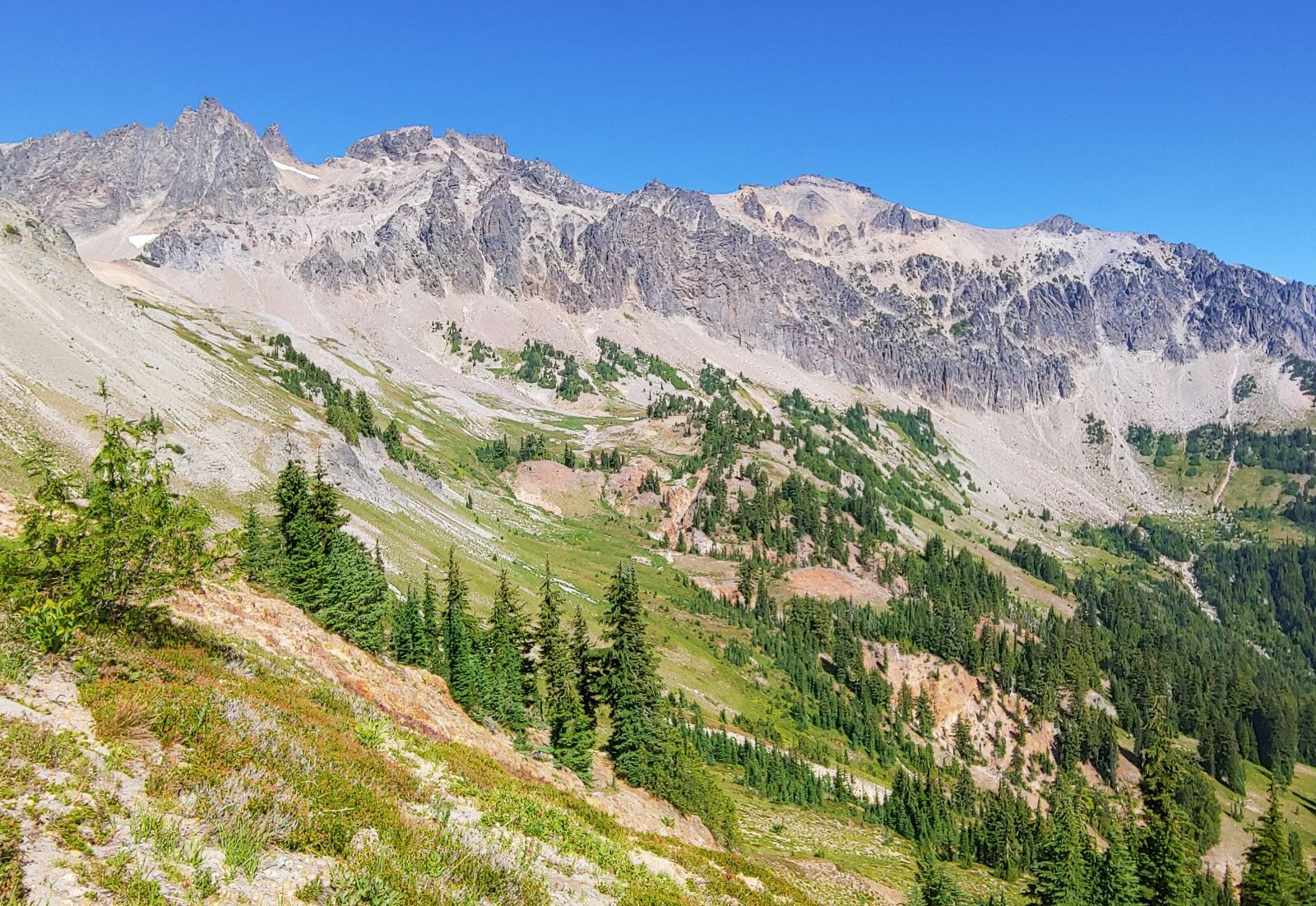
The other challenge posed during this process of creating more comfort on trail was doing so without increasing my pack weight. At this point, I’m quite happy with my new items, but in adding them, I have had to figure out how to compensate for the extra weight by finding ways to scale back. Thus the great conundrum of the aging backpacker: skimp too much and be miserable and hurting in the backwoods; add weight and increase the possibility of pain and injury. Here are a few ways I have tackled this problem.
Three summers ago, while hiking the Timberline Trail around Mt. Hood in Oregon, I met a Pacific Crest Trail thru-hiker. During our chat, he told me about an unfortunate event that had happened to him at a town stop in California: He left his pack outside a little store while doing a quick resupply, and when he came out, his pack was gone. When locals in this trail town heard of the young man’s plight, they rallied together and replaced all his gear. Some of the replacements were second-hand, and most were not of the same brand he’d had before, but he was grateful that his hike didn’t have to end abruptly in that little town. When I met him, he had been using his new-to-him gear for a month, and he told me about a pleasant surprise he’d experienced: The Exped Ultra sleep pad he’d been given was now his favorite piece of gear. The used pad donated to him had a puncture in it that was duct-taped over, and it was much heavier than his previous pad, but even so, he said it was the most comfortable pad he’d ever slept on and that he planned to purchase a new one.
1. A more comfortable sleeping pad
That conversation launched what would become a four-year pack reprioritization for me. I wondered if there were tradeoffs I could and should make as an older hiker to help me stay stronger, last longer and feel better while on trail. I had been using a Therm-a-Rest NeoAir Uberlight pad, gloriously tiny and weighing just 8.8 ounces (249 grams), but I had been waking up multiple times a night with sore hips while using that pad. It was also noisy, narrow and a bit slippery, too, so I slid off the pad numerous times each night. Could I justify switching to the Exped Ultra 5R MW, weighing in at 1.6 pounds (0.74 kg)? And if I did make the change, could I find a way to shave off that added pound elsewhere in my pack? I decided it would be worth a try.
I ordered the Exped, and have now slept on it multiple times. The added cushion and comfort — and better sleep — are worth every extra ounce, so the next step for me was to find a way to shed a pound from my pack to keep the scales balanced. I began with the most obvious place: my pack itself.

R-4.8, 3 inches thick, longitudinal baffling, 20D polyester fabrics, internal baffle welding increases stability and reduces air movement, insulated with polyester microfibers, oversized outer chambers create a cradle, Schnozzel bag included for inflation. Availalbe in medium, medium-wide, and long-wide sizes.
2. A lighter backpack
I had been carrying an Osprey Aura AG 65 (3.8 lbs / 1.7 kg) and started researching ultralight packs. Though the Osprey’s frame was comfortable and provided nice support for me, I decided I was ready to graduate to an ultralight pack.
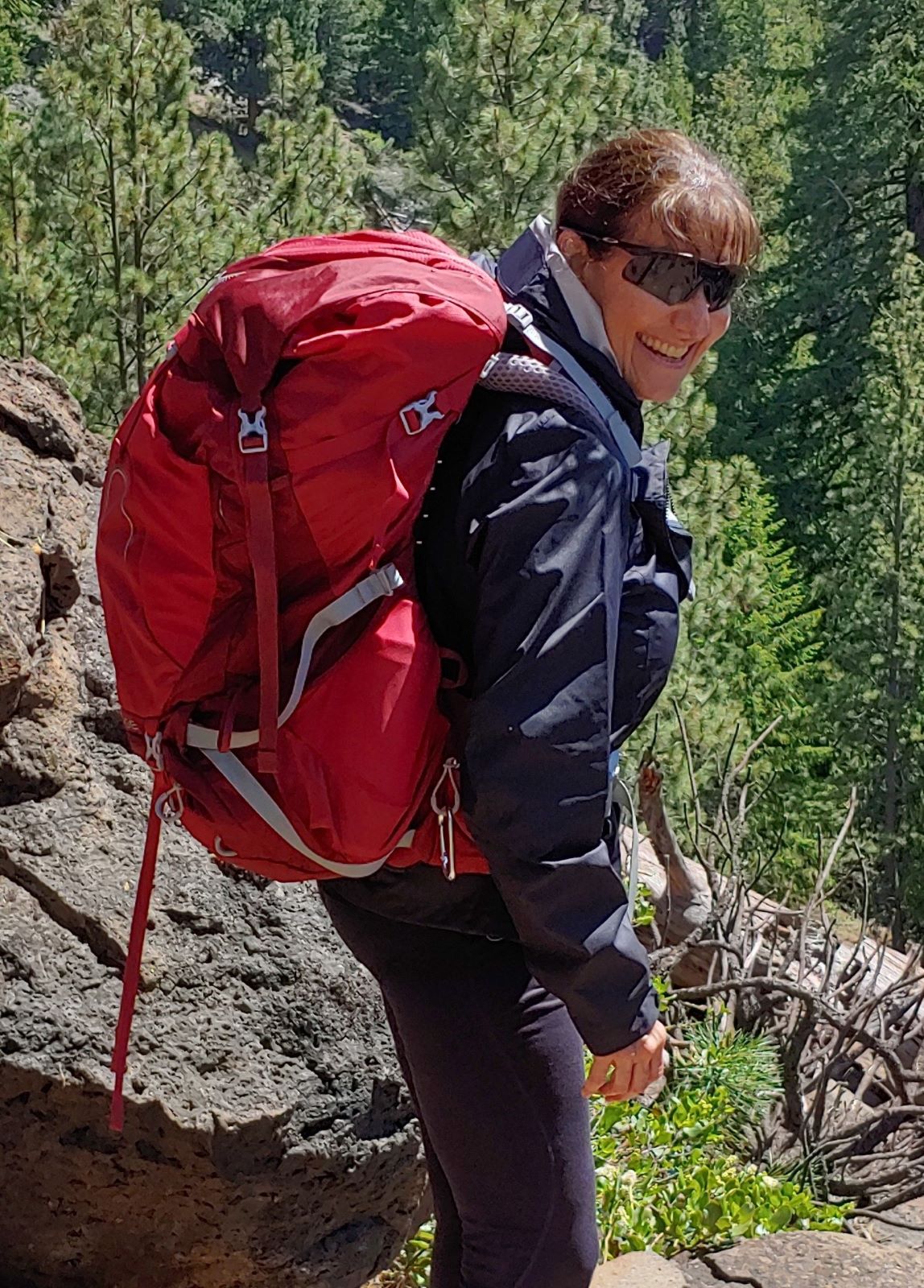
I chose the Gossamer Gear Mariposa 60 (2.1 lbs / 1 kg), which instantly shaved off the extra pound of weight and then some. Perfect! The pack went on sale during a Memorial Day weekend special the following spring, so I snatched it up. With this, I pondered other changes I might make that would create more on-trail comfort while simultaneously shaving off weight.
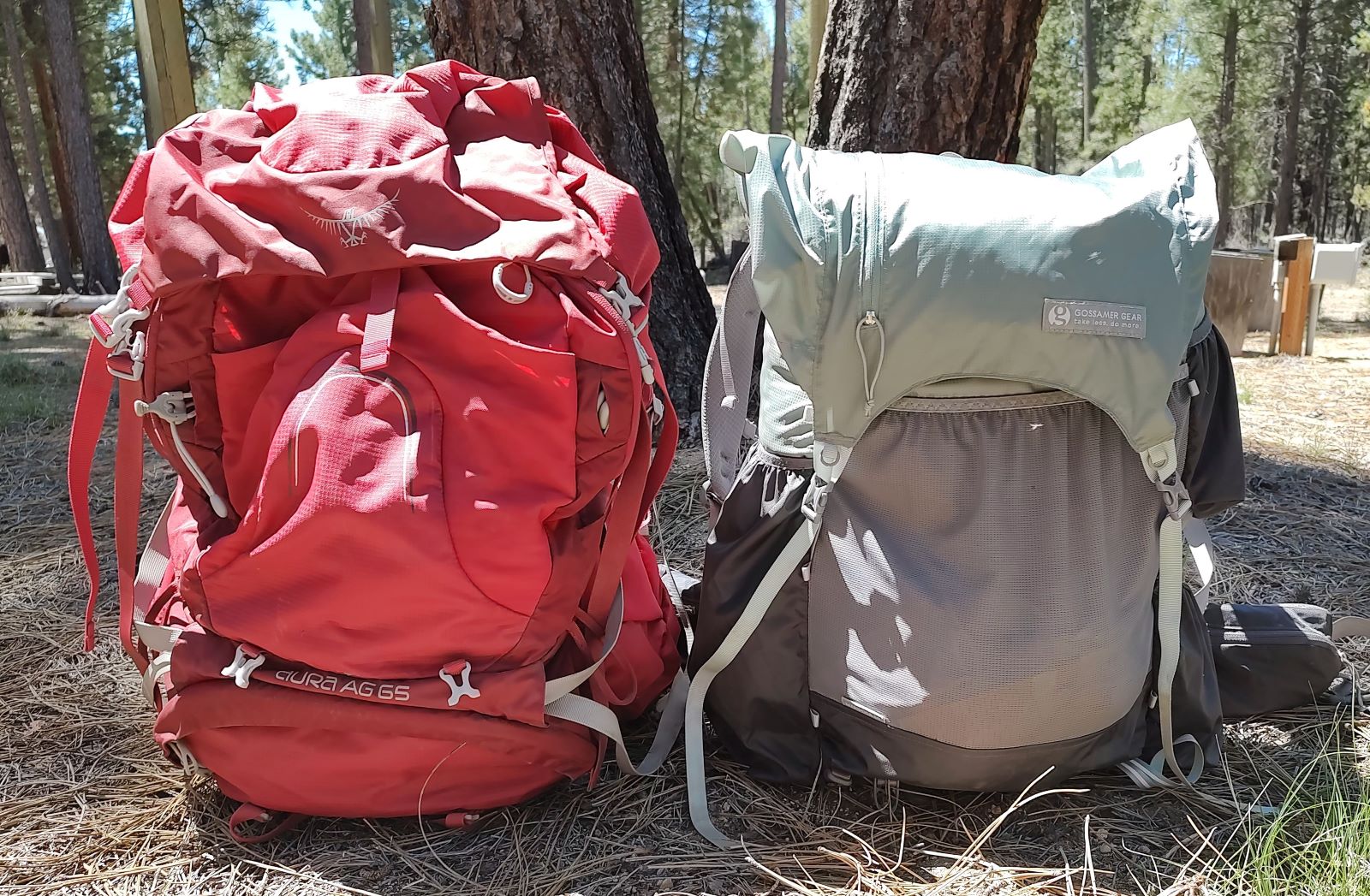
Now with a new pivot hip belt system, customizable belt options, and more functional load lifters. 60L capacity, S-curve harness, large external stretch mesh pocket, trekking pole attachments, Robic fabrics (100D and 210D). 30 lb comfortable load carrying capacity.
3. Adding a camp chair
A year later, the summer after my Timberline hike, I took a four-night backpacking trip in the Goat Rocks Wilderness of Washington, and three of my hiking partners were carrying ultralight camp chairs. This seemed an unnecessary indulgence to me, but at the end of the long and tiring hiking days, I looked longingly at those chairs, and snuck in a few sits on them. Blessed relief! Sitting on the ground was uncomfortable and at times even a bit painful for me — particularly with no support for my back — so I came home and did my research. I purchased the Helinox Chair Zero (1 lbs / 0.5 kg) during a sale at REI. Though I wouldn’t carry my chair on a thru-hike, for shorter trips and section hikes, that extra pound brings much comfort. The problem? Now I had to find a way to cut my pack weight down by another pound.
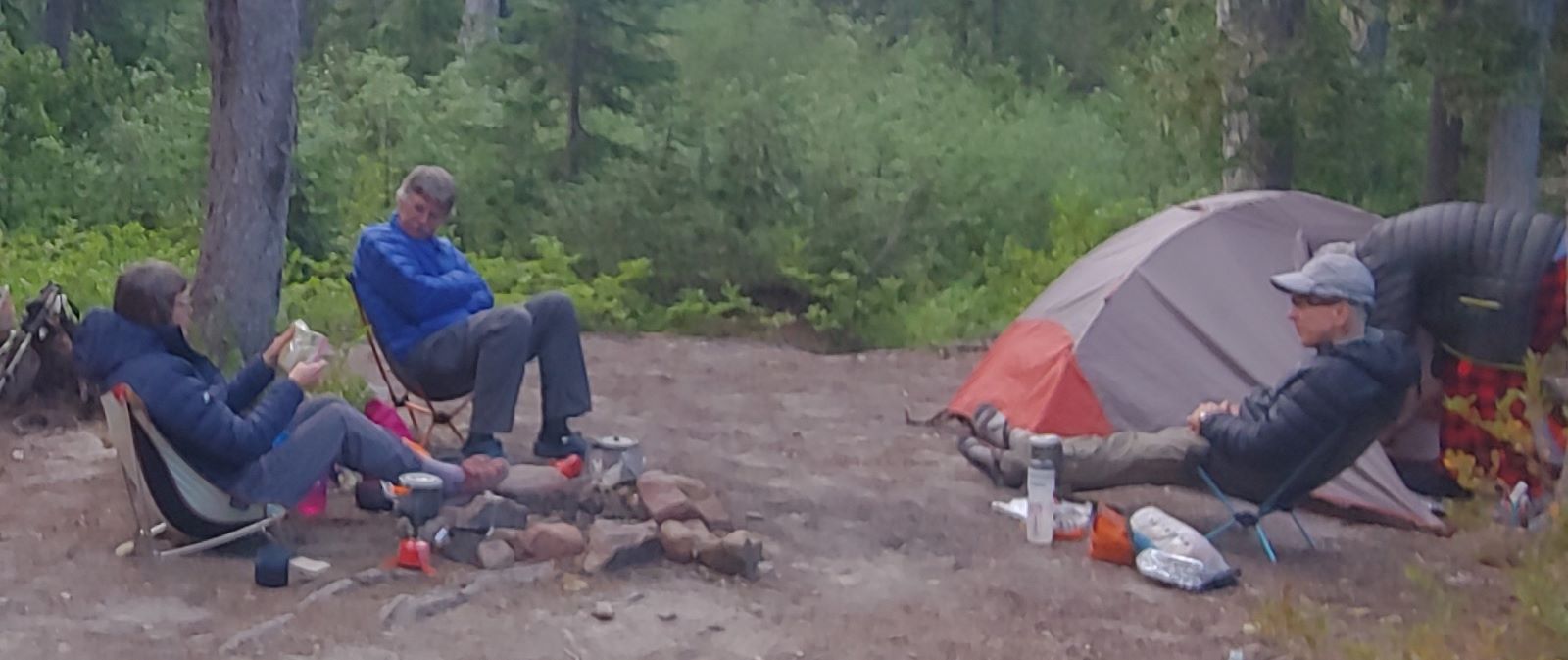
The most popular ultralight camp chair in the world, and one of the lightest. 7000-series aluminum shock-corded frame, Aramid ripstop nylon support fabric. 14" x 4" x 4" packed size. 25" seat height, 20" width, 18" depth. 265 lb seating capacity.
4. Switching to a smaller, lighter food bag
On a trip in the Strawberry Mountains of Eastern Oregon last summer, one of my backpacking partners questioned why I was carrying a Kevlar Ursack food bag (5 oz / 28 g). I loved the security of knowing that my food bag was incredibly critter-proof, but I had to admit it was a bit heavy for my purposes, and its large capacity made it tempting to pack more food than I needed. Upon returning home, I purchased an REI Lightweight Stuff Sack (1 ounce) and shaved off several ounces. While I might opt to use my Ursack on a thru-hike, for shorter trips and when I know I’ll do a bear hang, the REI sack is just fine. This gear swap, however, still left me 12 ounces over my previous pack weight because of the chair, so I had to find more ways to tip the scales back in the right direction.
Simple, durable, affordable, light, and well-made. A very good choice for a stuff sack when you don't need to spend the money on DCF or silnylon and need more durability. Available in 15L and 20L sizes for sleeping bags, shelters, food bags, etc.
5. A tent upgrade shaves off another 2.6 pounds
In preparation for this year’s backpacking season, I found a significant way to reduce my pack weight. After several years of sleeping in my beloved Big Agnes Fly Creek 2 (classic version) tent (3.5 lbs / 1.6 kg), I took a big leap and purchased a Durston X-Mid Pro 2 with DCF (Dyneema) flooring (17.9 oz / 507 g). By investing in the new Durston tent, I cut my base weight back by another 2.6 pounds (1.2 kg). My new tent was expensive, but after budgeting for it all winter, I was able to order it in the spring. I did a couple of practice pitches in my backyard, and took the tent out recently for its maiden journey. I love it! The reduction in pack weight by switching to this tent is notable and provided welcome relief during my recent outing.
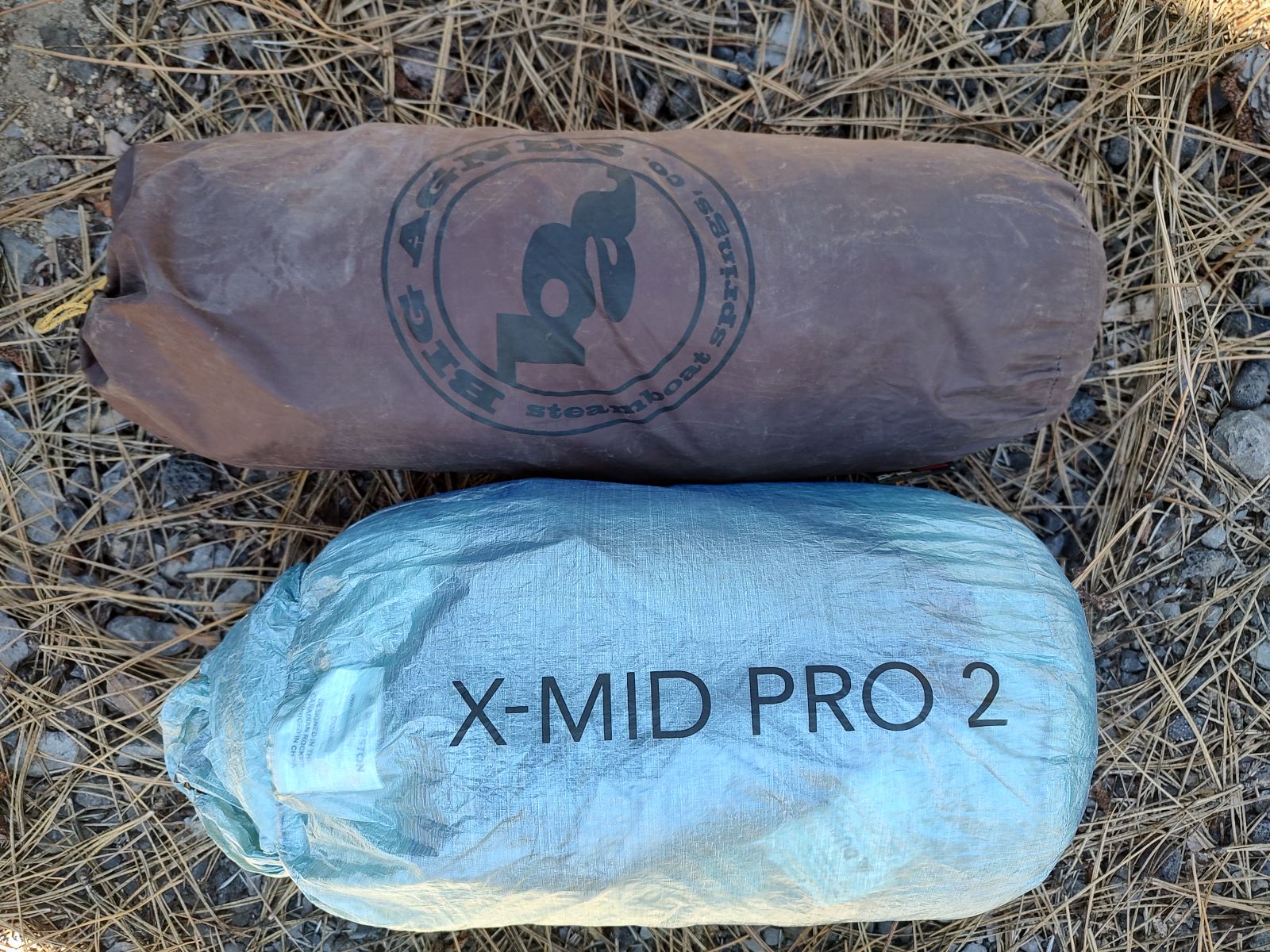
DCF canopy, single-wall (hybrid with vestibules), dual-door, dual-vestible, side-entry, asymmetrical pitch, offset interior. Options for silnylon or DCF floor.
More ways I reduce pack weight
My quest to add comfort while concurrently reducing pack weight won’t stop with my new tent: I have figured out that there are other ways I can safely trim back.
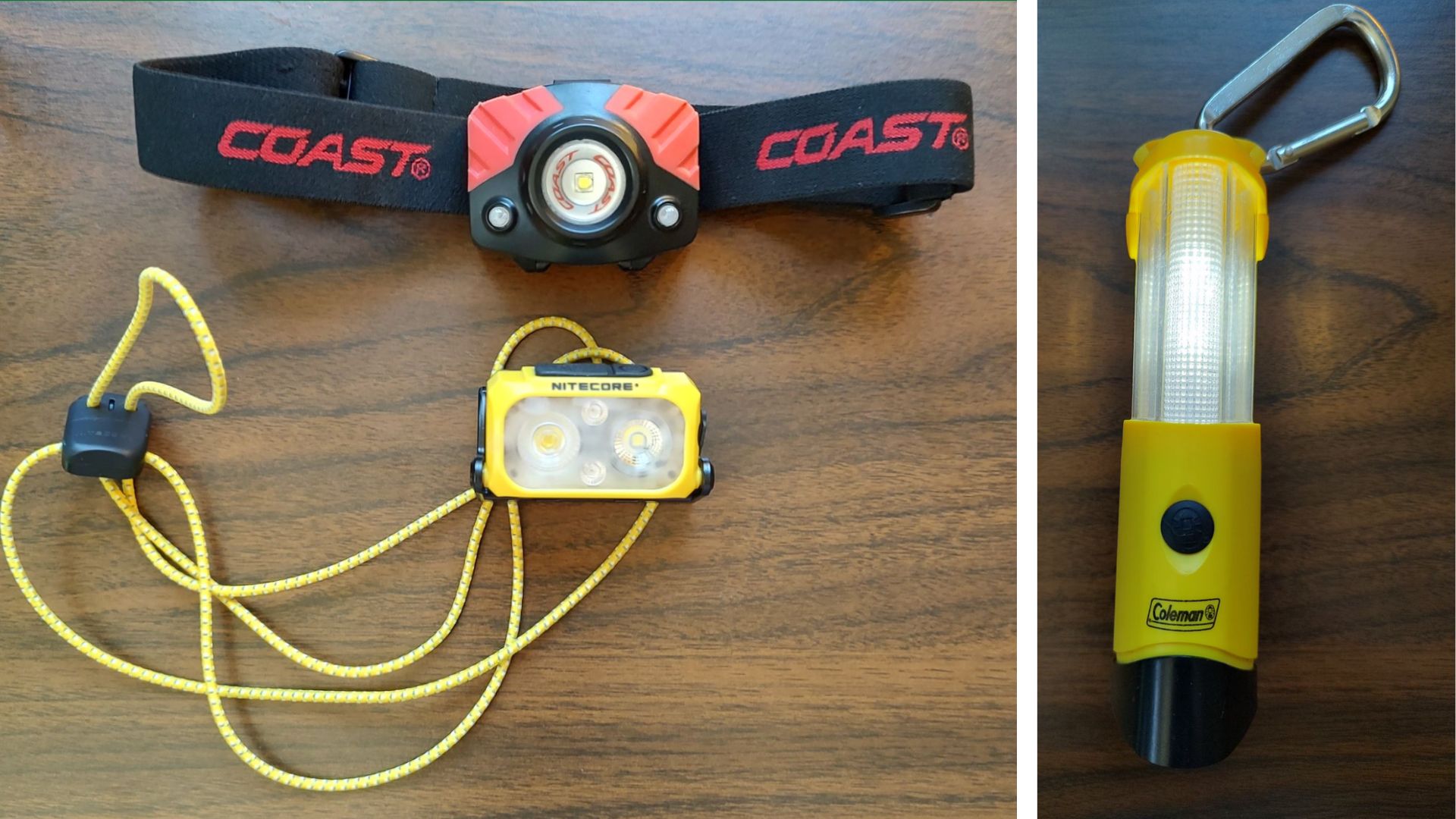
A few of those include:
First Aid Kit – My previous kit contained an abundance of supplies, from multiple sizes of Band-Aids to gauze and scissors, tweezers, a sewing kit, a variety of medicines, two emergency foil blankets and more. Now, my kit has the basics of what I might need, but not as much or as many of each item. I no longer pack my fears in my first aid kit; I include just enough to get by until help arrives if I have an emergency. My kit went from 18 ounces (510 g) to 9 ounces (255 g).
Lighting – Up until now, I used a Coast headlamp I purchased at Costco, (3.8 oz / 108 g) and packed a Coleman mini lantern (7.4 oz / 210 g) as a backup light. I recently upgraded to a Nitecore NU25 UL headlamp (1.6 oz / 45 g), and, knowing my phone has a built-in flashlight I can use as a backup, I will no longer carry the mini lantern. These simple modifications will save me 9.6 ounces.
Our pick for an ultralight headlamp that's still bright, functional, and comfortable to wear. USB-C rechargeable, weight includes 650mAh li-ion battery. IP66 ingress protection, 70 yard peak beam distance, 1029cd peak beam intensity, 400 lumens. Spot, flood, and red light modes. Dual switches, lockout functionality, built-in battery life indicator. Runtime ranges from 2 hr 45 min (high - 400 lumens) to 10 hr 25 min (low - 60 lumens).
Food – I will still carry one extra day’s worth of food as prescribed by the 10 essentials, but I won’t carry extras beyond that. Knowing that it takes weeks for hiker hunger to set in, I don’t worry about packing extra food and snacks. It’s extra weight that I’ll likely bring home with me.
Water – This is a tough one for me: I have an irrational fear of running out of water on trail. While doing a 100-mile section hike on the PCT from Willamette Pass to Santiam Pass in Central Oregon a few years ago, there was a long waterless stretch over hot, steep, exposed lava rocks that involved an overnight dry camp. I had to carry about 24 hours’ worth of water, and in my fear, I carried 7 liters (!) of water (15.43 pounds). My trail buddies dubbed me “Water Girl” after that irrational carry, and I wound up dumping 2 liters at the next water source. My back complained about my bad judgment for weeks, and I learned the hard way to not go overboard with water.
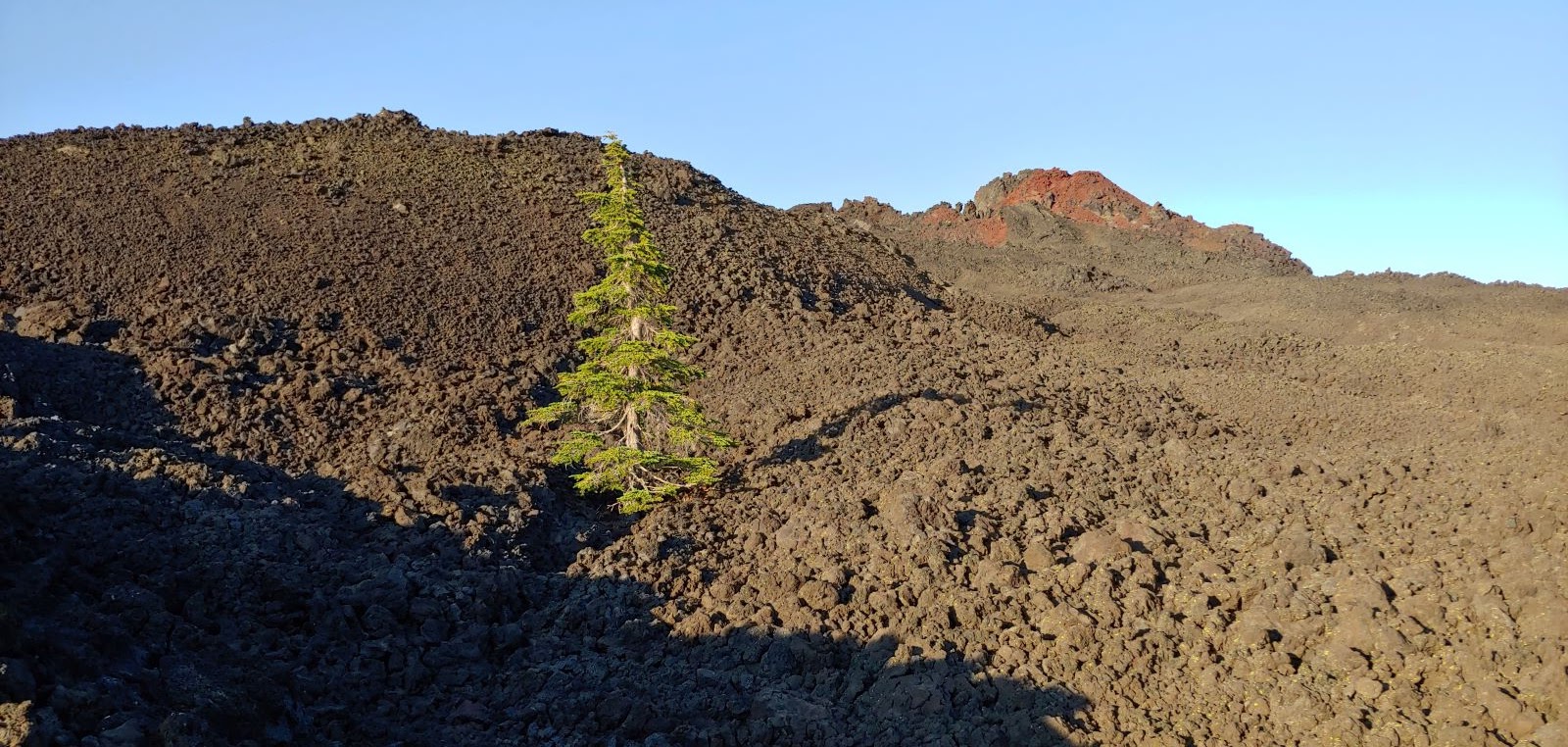
Enjoying the process
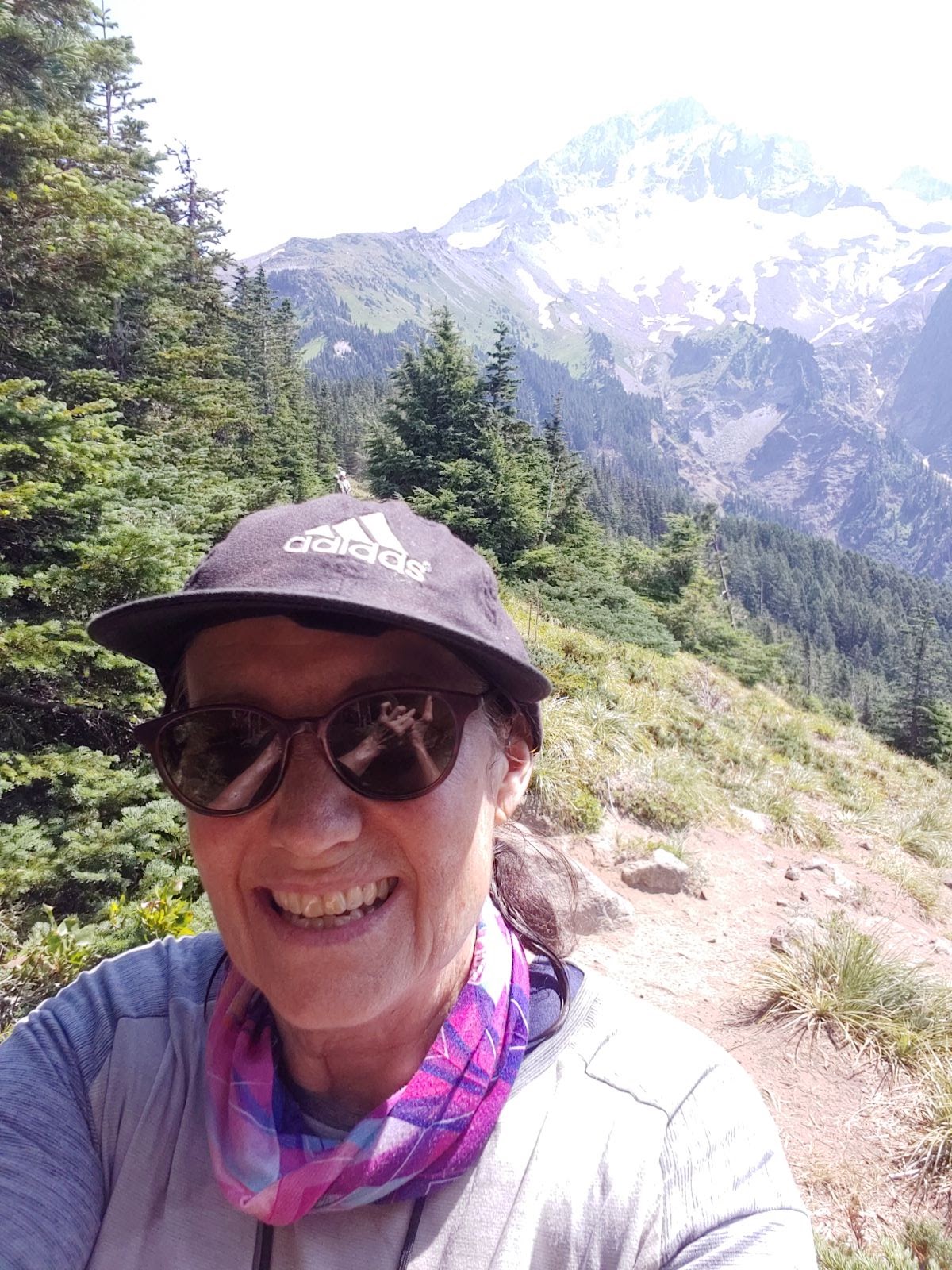
I’m still learning how to balance the scales with my pack weight, and I know I’m not finished yet. Likely, I will never be finished, as gear evolves and my needs continue to change. But to date — even with my added creature comforts — I’ve managed to reduce my pack weight by more than 4 pounds (2 kg), and it’s made a big difference in my comfort and energy levels on trail. By replacing my gear one item and one sale at a time, I have lightened my load without emptying my bank account, and I’ve had a lot of fun in the process.

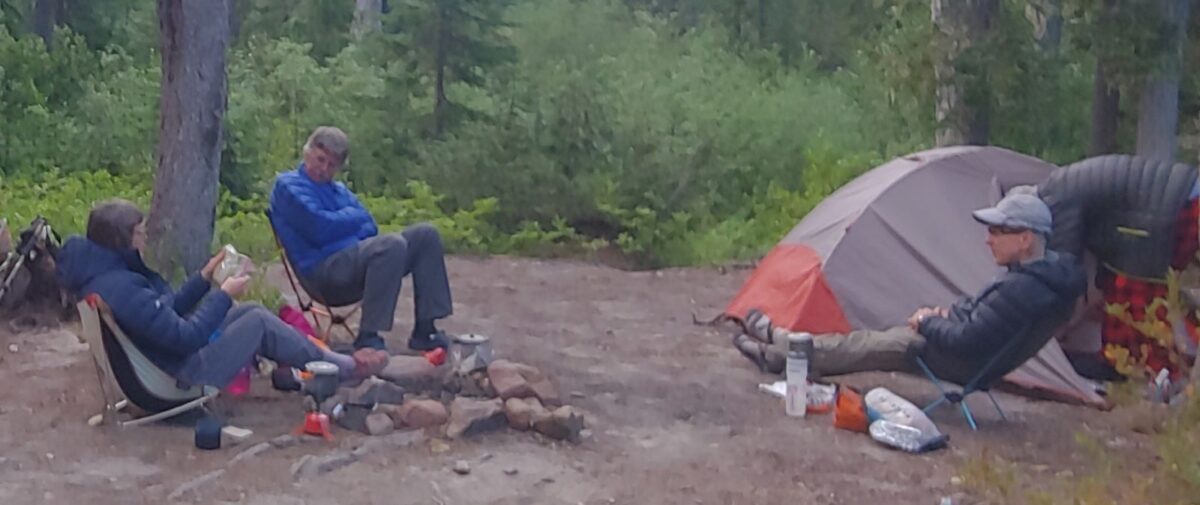
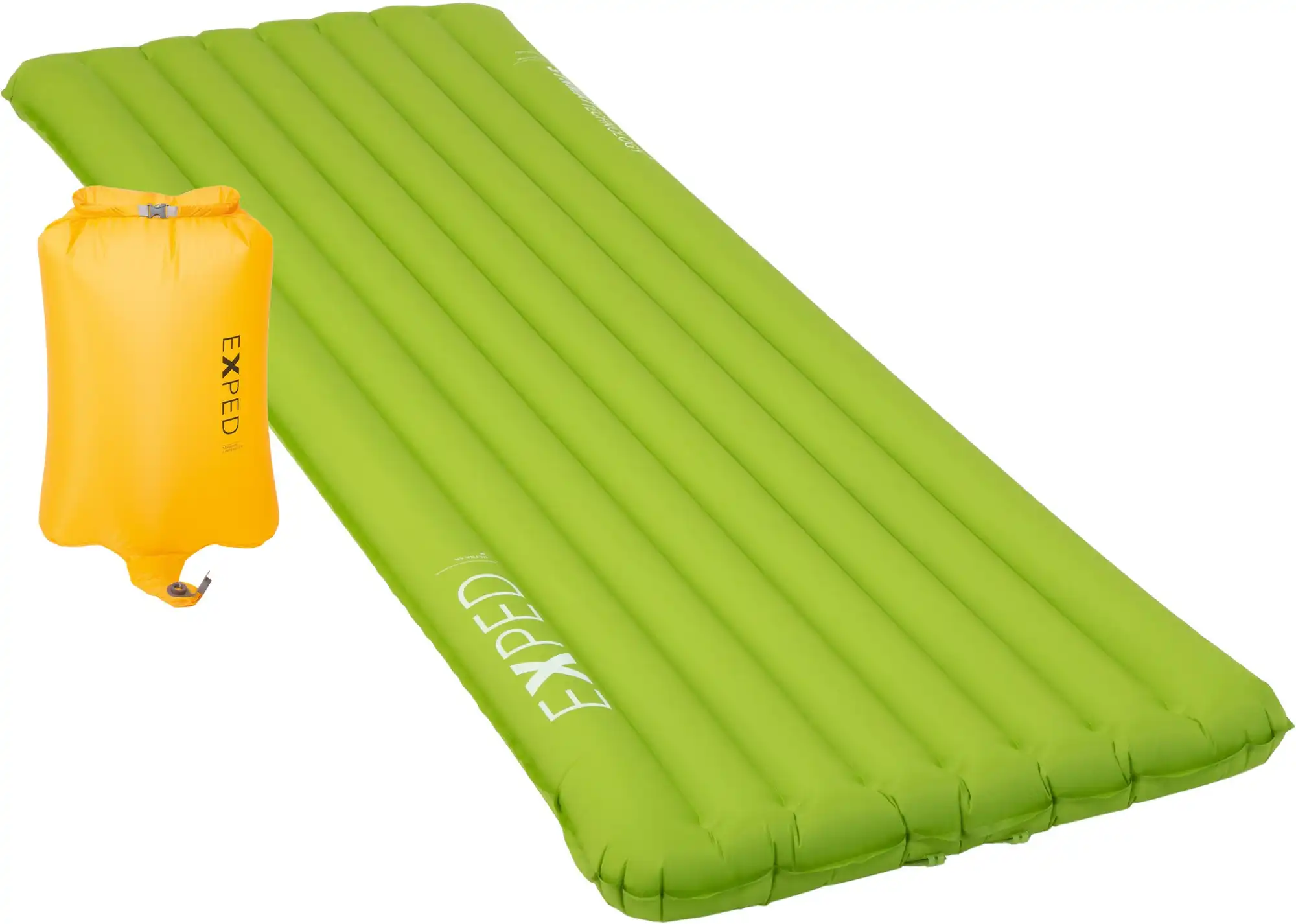
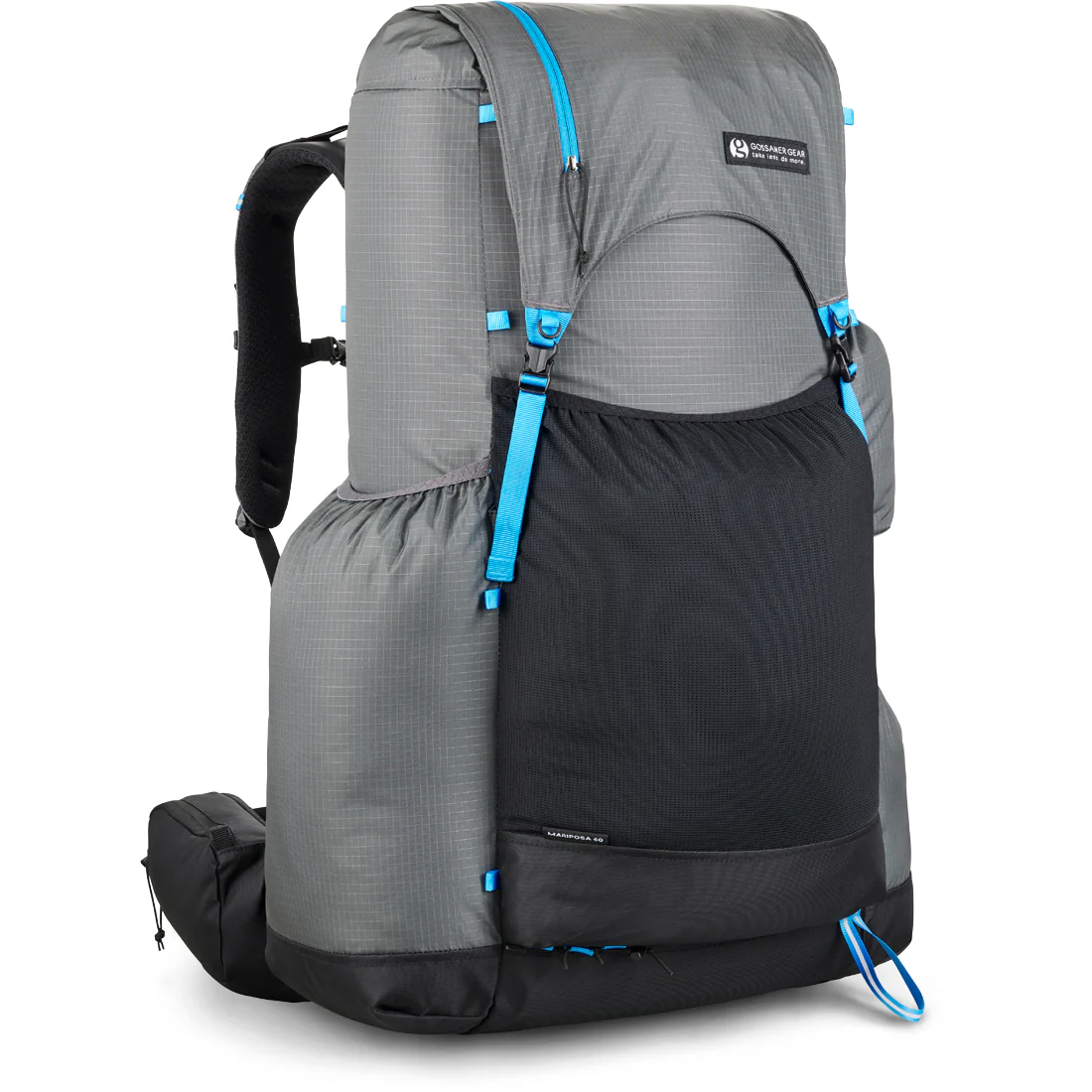
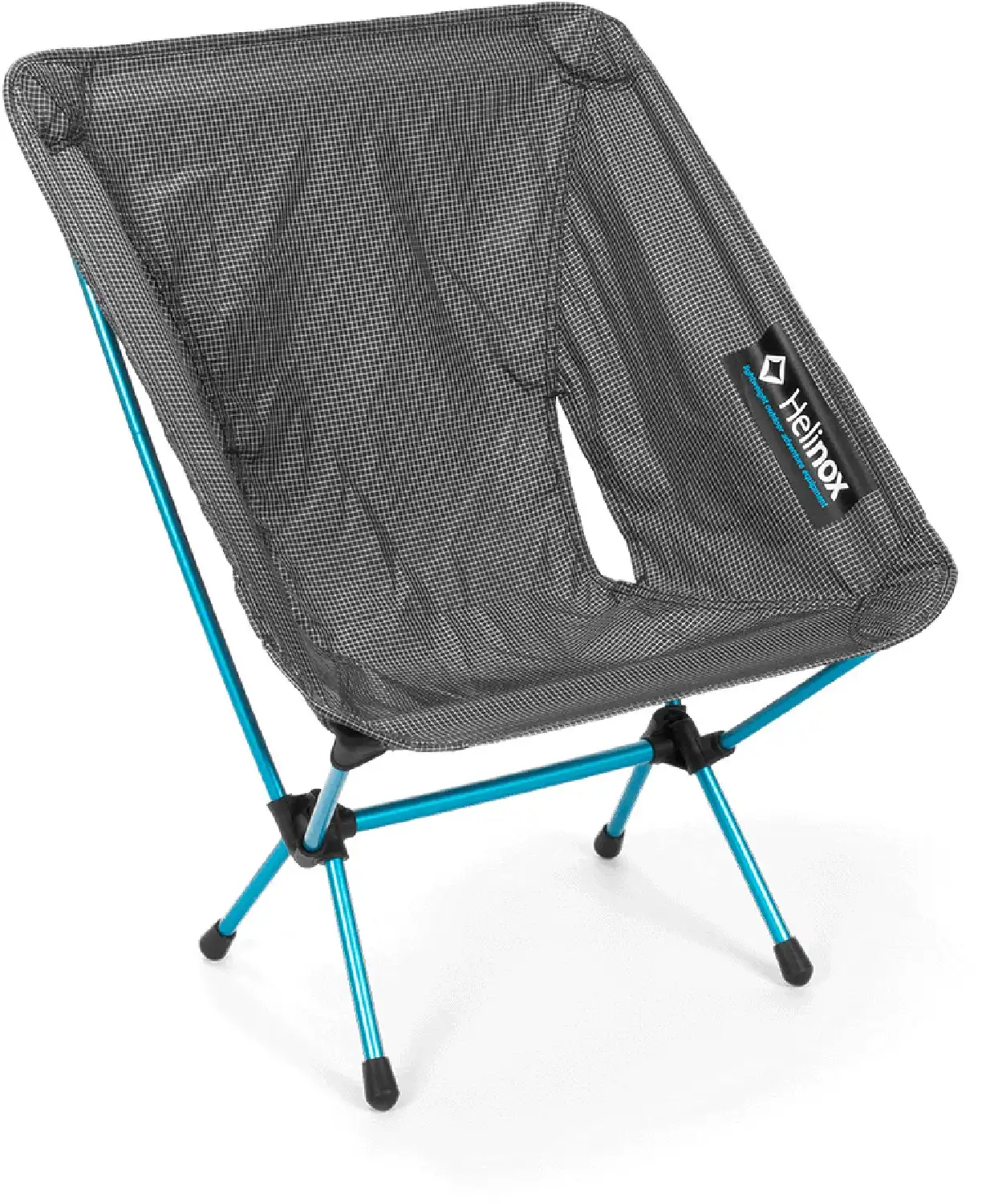
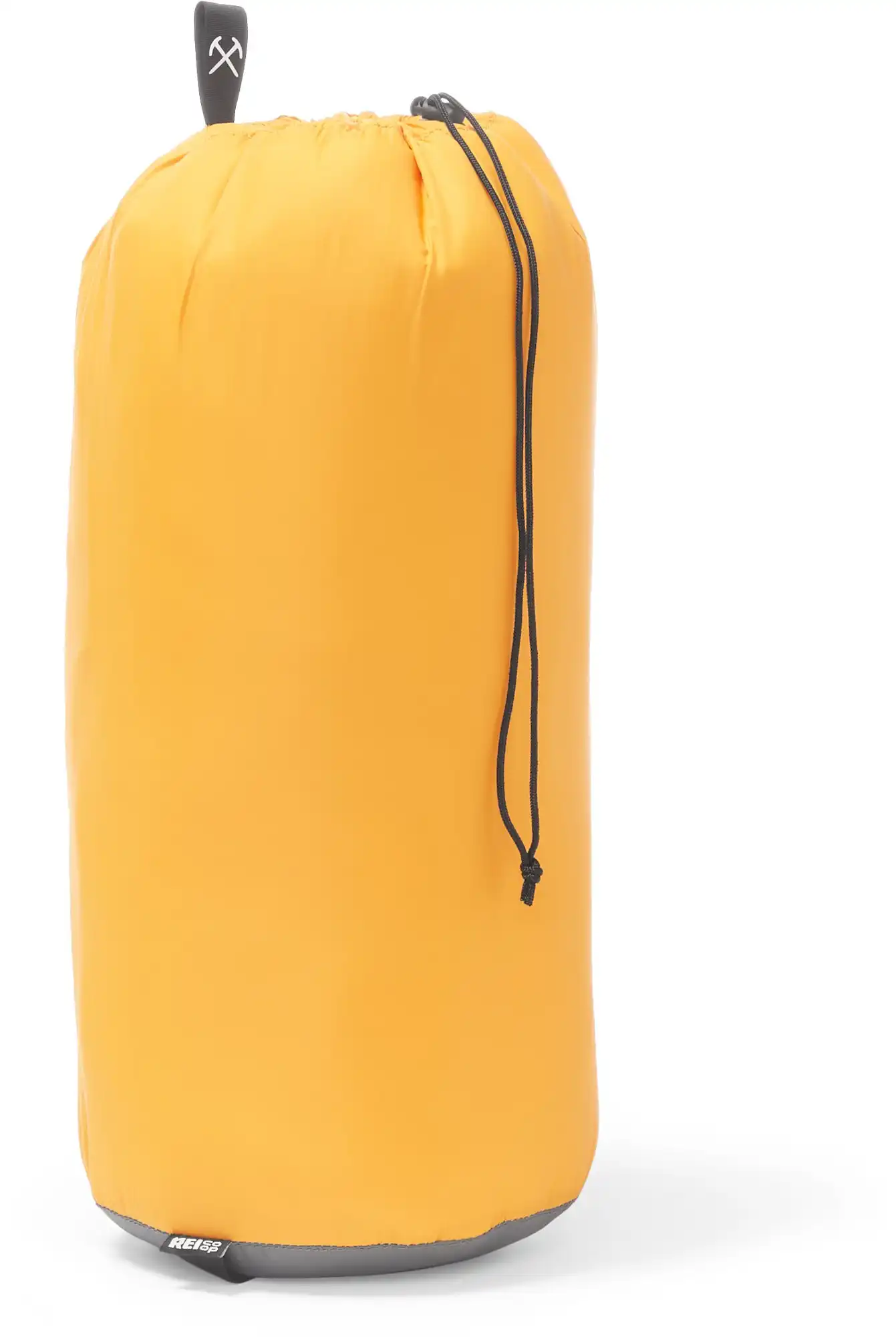
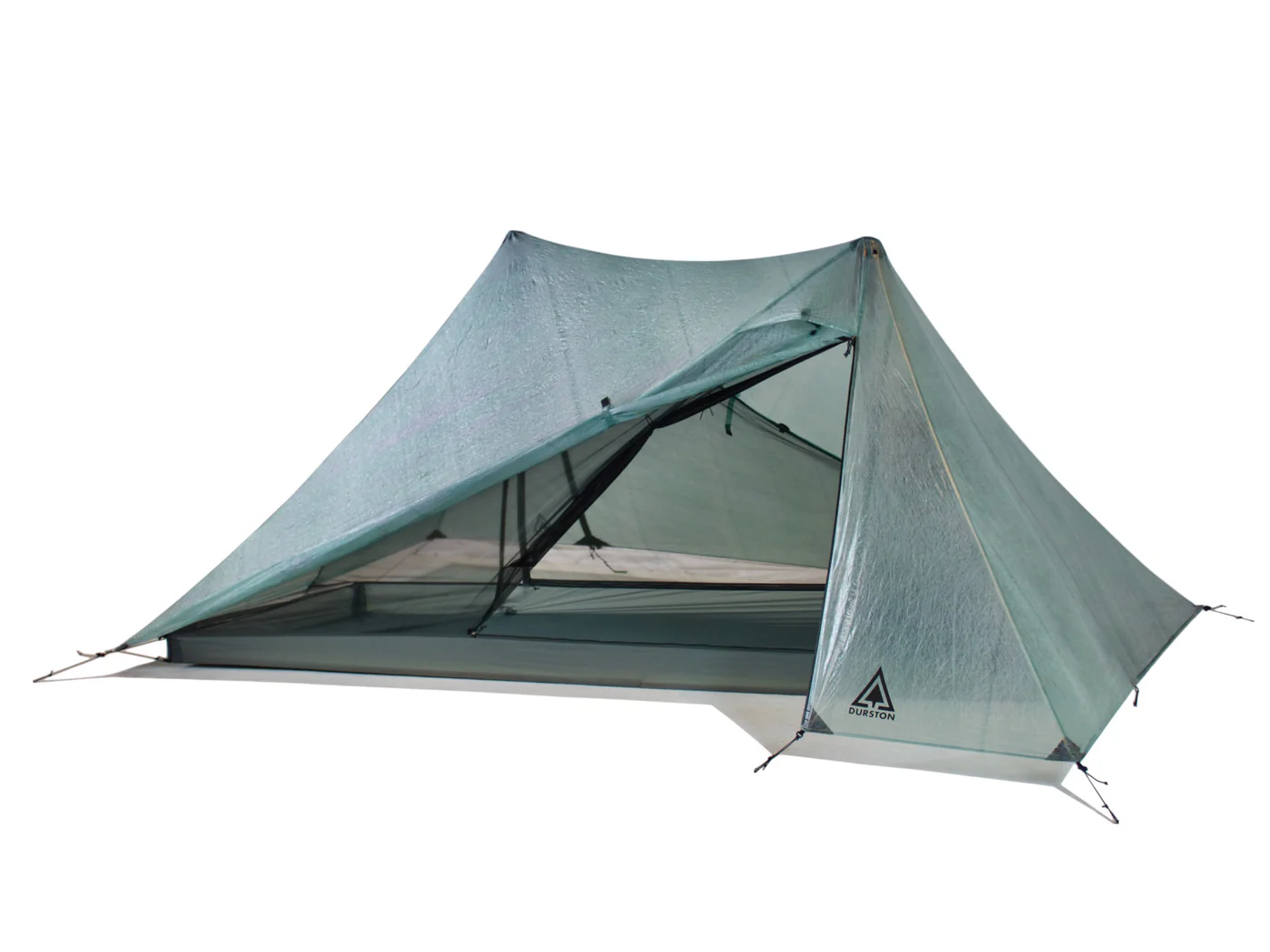
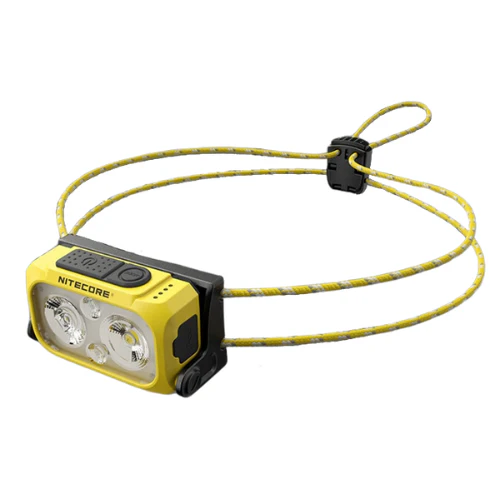


Home › Forums › Comfort vs. Weight: Gear Guidance for Aging Backpackers